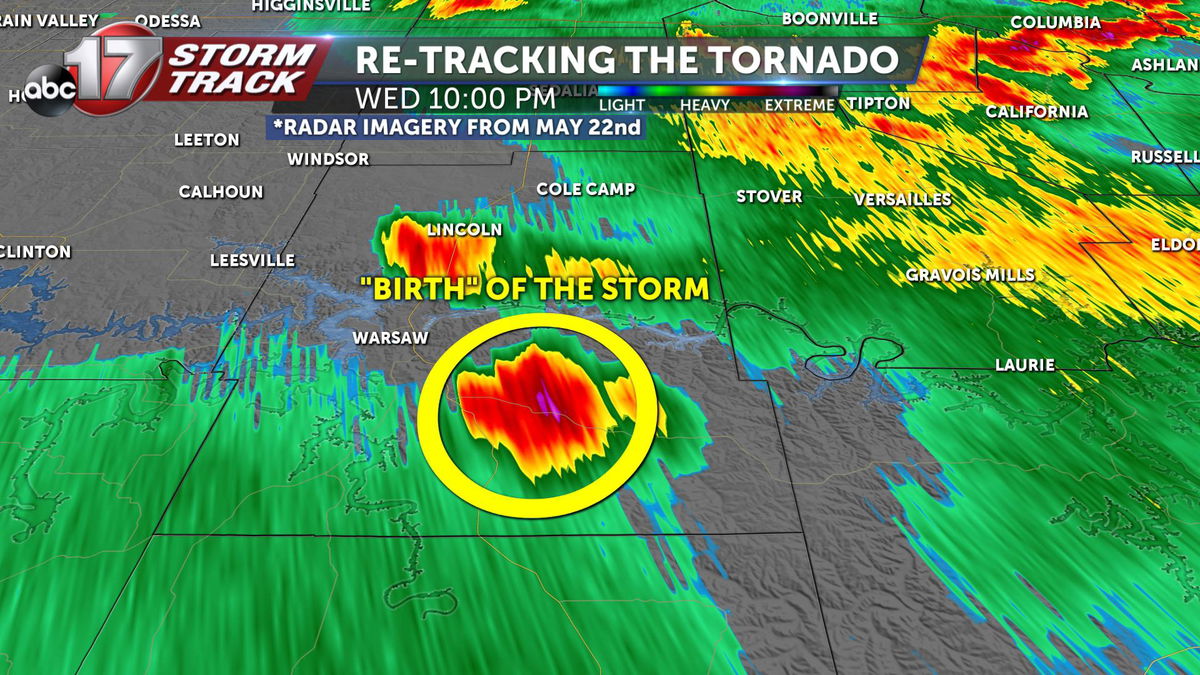Real-Time Tornado Tracking and Analysis

Tornado tracker – In the realm of meteorological advancements, real-time tornado tracking has emerged as a crucial tool for protecting lives and property. This intricate system combines cutting-edge technologies and techniques to provide accurate and timely warnings.
At the forefront of tornado detection and tracking lies radar technology. Sophisticated Doppler radars emit electromagnetic pulses that bounce off precipitation particles, revealing wind patterns and velocity. By analyzing these reflections, meteorologists can identify areas of rotation, known as mesocyclones, which may develop into tornadoes.
Satellite Imagery
Satellite imagery plays a complementary role in tornado tracking. Geostationary satellites provide continuous images of cloud formations, enabling meteorologists to monitor the evolution and movement of storm systems. By tracking the development of anvil clouds, overshooting tops, and other telltale signs, satellites can help identify areas with a high probability of tornado formation.
Ground-Based Sensors
Ground-based sensors, such as wind towers and pressure sensors, provide valuable data at the local level. These sensors measure wind speed, direction, and pressure changes, providing real-time information on the intensity and movement of tornadoes. By combining data from multiple sensors, meteorologists can create a comprehensive picture of the tornado’s path and behavior.
Successful Implementations
Numerous successful tornado tracking and warning systems have been implemented worldwide. In the United States, the National Weather Service operates a network of Doppler radars and ground-based sensors that provide real-time tornado warnings. These warnings are disseminated through various channels, including television, radio, and mobile phone alerts.
In Europe, the European Severe Weather Database maintains a database of historical and real-time tornado reports. This data is used to improve forecasting models and develop early warning systems.
Historical Tornado Data Analysis

Tornado data collection and analysis have a long and rich history, providing valuable insights into these destructive weather phenomena. Eyewitness accounts, damage assessments, and scientific observations have been instrumental in gathering and organizing tornado data.
Data Collection Methods
Eyewitness accounts provide firsthand descriptions of tornado occurrences, including their location, intensity, and duration. Damage assessments involve examining the aftermath of tornadoes to determine their path, strength, and impact on structures and infrastructure. Scientific observations utilize instruments like radar and weather stations to track tornado movements, measure their wind speeds, and study their atmospheric conditions.
Data Organization and Analysis
Historical tornado data is organized into databases and archives, enabling researchers to analyze patterns, trends, and risk areas. Statistical techniques are employed to identify correlations between tornado occurrences and various factors such as geography, seasonality, and climate patterns.
Identifying Patterns and Trends
Analysis of historical tornado data has revealed patterns and trends in tornado behavior. For instance, certain regions are more prone to tornadoes than others, and specific seasons experience higher tornado activity. These insights help in developing early warning systems, improving building codes, and implementing mitigation strategies to reduce tornado risks.
Risk Area Identification, Tornado tracker
Historical tornado data is crucial for identifying areas at high risk of tornado occurrences. By analyzing the frequency and severity of tornadoes in a particular region, researchers can create risk maps and develop targeted preparedness and response plans to enhance community resilience.
Advanced Visualization and Forecasting: Tornado Tracker

In the realm of tornado tracking and analysis, advancements in visualization and forecasting have revolutionized our understanding of these enigmatic weather phenomena. From 3D mapping to augmented reality, technology has empowered us to visualize and analyze tornadoes in unprecedented ways.
3D Mapping
3D mapping techniques provide a comprehensive view of tornado behavior. By utilizing high-resolution radar data, meteorologists can create detailed 3D models that capture the tornado’s structure, rotation, and movement. These models enable scientists to study the tornado’s evolution and identify key features that contribute to its destructive power.
Augmented Reality
Augmented reality (AR) technology overlays digital information onto the real world. In the context of tornado tracking, AR can provide real-time data on tornado location, intensity, and movement. Emergency responders can use AR headsets to visualize the tornado’s path and make informed decisions regarding evacuation and shelter.
Artificial Intelligence and Machine Learning
Artificial intelligence (AI) and machine learning (ML) algorithms play a pivotal role in improving tornado prediction and warning systems. By analyzing vast amounts of historical data, AI and ML algorithms can identify patterns and relationships that help forecasters predict tornado formation and movement with greater accuracy. These algorithms can also analyze real-time data to provide early warnings, giving communities precious time to prepare for the approaching storm.